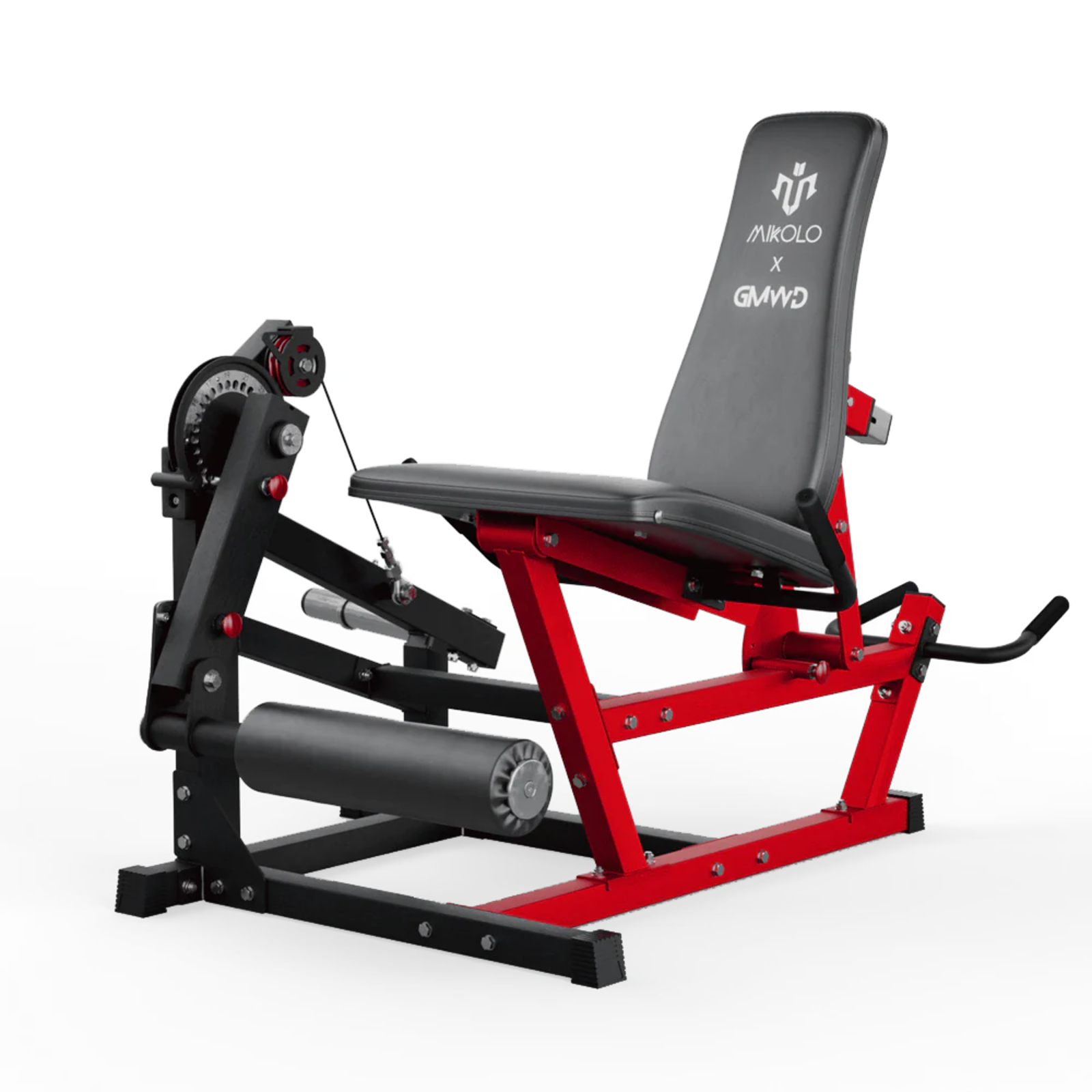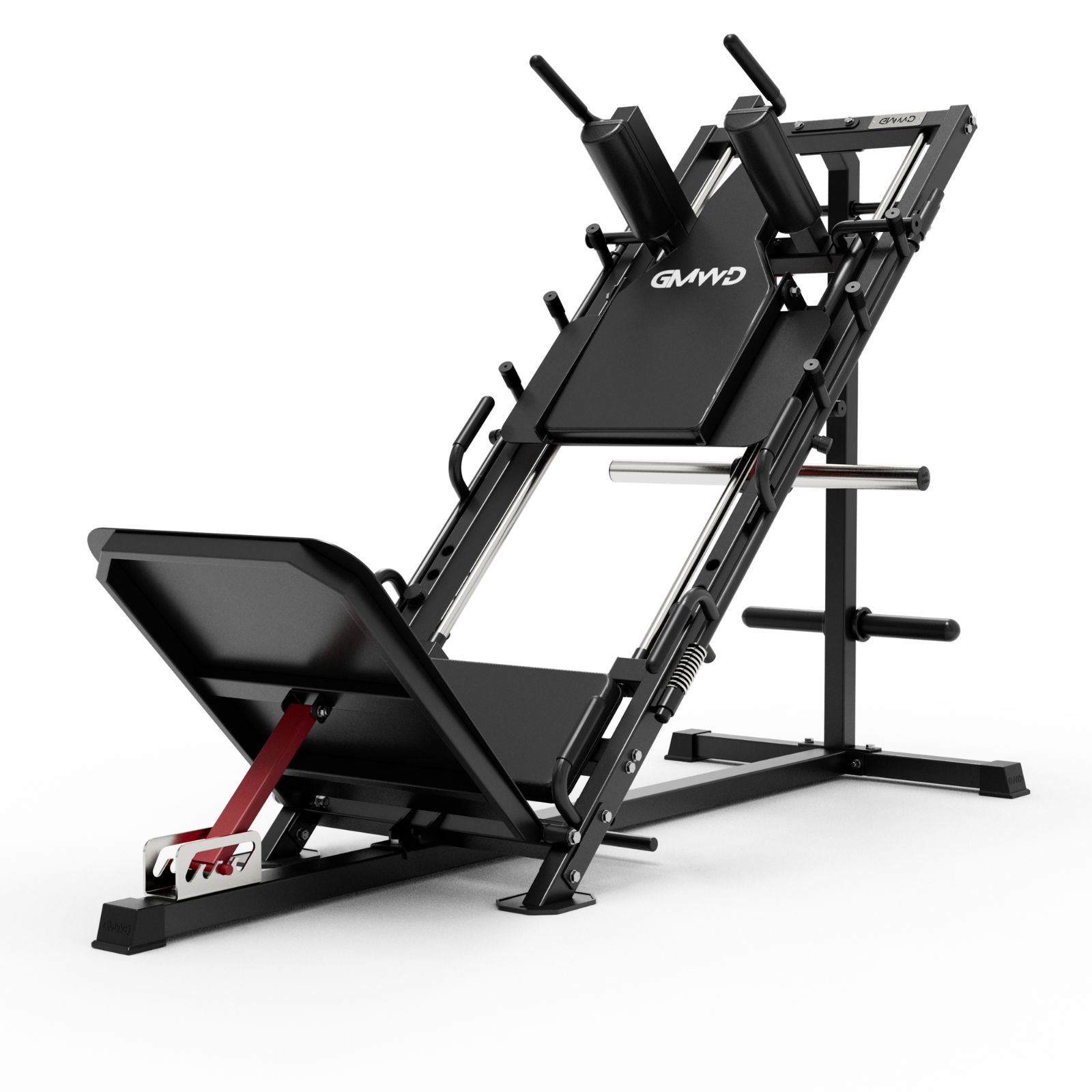The incline bench press is a powerful exercise that focuses on your upper chest, shoulders, and triceps. When performed correctly, it can help you build strength and muscle mass in these areas. However, determining what is a good incline bench press weight can be a challenging task for both beginners and seasoned lifters.
This article will guide you through understanding the ideal incline press weight based on your fitness level, goals, and proper technique. By the end, you'll have a clearer idea of how much weight should you be using for the incline press and how to progress in your workouts.
Understanding the Incline Bench Press
Before diving into what constitutes a good incline bench press weight, it’s important to understand how the exercise works and what muscles it targets.
What is the Incline Bench Press?
The incline bench press is a variation of the traditional bench press, performed on a bench set at a 30-45 degree angle. By lifting the barbell or dumbbells in this incline position, you shift the focus to the upper portion of your chest (pectoralis major) while also engaging your shoulders (deltoids) and triceps.
Key Muscles Worked During the Incline Press
- Upper Pectorals (Chest): This is the primary muscle group worked during the incline bench press.
- Anterior Deltoids (Shoulders): The incline angle forces the shoulders to engage more than the flat bench press.
- Triceps: The triceps are also activated to extend the arms during the press.
What’s a Good Incline Bench Press Weight for Beginners?
If you’re new to weightlifting or the incline bench press, it’s important to start light to learn proper form and technique before increasing the load. The goal should be to focus on controlled movements rather than lifting the heaviest weight possible.
Starting Weight for Beginners
For beginners, a good incline bench press weight can range from 30-50% of your body weight. For example:
- If you weigh 150 pounds, you could start with around 45-75 pounds.
- If you weigh 200 pounds, a starting weight of 60-100 pounds might be appropriate.
It’s essential to begin with a manageable weight to avoid injury and ensure that your form is on point.
Progressing as a Beginner
Once you feel comfortable with the form, you can gradually increase the incline bench press weight in small increments, aiming for 5-10 pounds at a time. Keep your repetitions around 8-12 reps to focus on muscular endurance and growth.
How Much Should You Lift for Intermediate Lifters?
If you’ve been lifting weights for several months or even a year, your incline press weight should be more challenging than what a beginner would lift.
Average Weight for Intermediate Lifters
Intermediate lifters generally use weights that are around 60-80% of their one-rep max (1RM). For example:
- A person with a 1RM of 200 pounds might start lifting 120-160 pounds for incline presses.
- An intermediate lifter with a 1RM of 300 pounds may use around 180-240 pounds.
At this level, you should focus on lifting heavier weights while maintaining proper form to build strength and muscle.
Targeting Strength vs. Hypertrophy
Depending on your goals, you can vary the reps and sets. To increase strength, aim for 4-6 reps per set with heavier weights (85-90% of your 1RM). For hypertrophy (muscle growth), aim for 8-12 reps with moderate weights.
Advanced Incline Bench Press Weight for Seasoned Lifters
Advanced lifters typically have years of experience and have built up significant strength. For this group, the incline bench press weight is significantly higher.
How Much Should Advanced Lifters Lift?
Advanced lifters are generally lifting 80-90% of their 1RM for incline presses. For example:
- If your 1RM is 400 pounds, an advanced lifter could be pressing around 320-360 pounds on the incline.
- For someone with a 1RM of 500 pounds, their working weight might fall between 400-450 pounds.
Advanced lifters should continually challenge their bodies by progressively increasing the weight to keep building muscle and strength.
How to Determine Your Incline Press Weight
It’s important to choose an incline press weight that challenges you without sacrificing your form. Here’s how you can determine what’s best for you:
- Start Light: Begin with a weight you can press for 8-12 reps with good form.
- Assess Your Form: If you can’t maintain proper form throughout your set, the weight is too heavy.
- Use Progressive Overload: Gradually increase the weight by 5-10 pounds every week or two as your muscles adapt to the load.
- Listen to Your Body: Always stop if you experience sharp pain, excessive fatigue, or discomfort.
Incline Press Weight Recommendations Based on Body Weight
The following table offers a general guideline for choosing a good incline bench press weight based on body weight and experience level.
| Body Weight | Beginner Weight (30-50%) | Intermediate Weight (60-80%) | Advanced Weight (80-90%) |
|---|---|---|---|
| 120-150 lbs | 35-75 lbs | 90-120 lbs | 120-135 lbs |
| 150-180 lbs | 45-90 lbs | 100-150 lbs | 150-160 lbs |
| 180-220 lbs | 55-110 lbs | 120-180 lbs | 180-200 lbs |
| 220+ lbs | 60-120 lbs | 150-200 lbs | 200-225 lbs |
Note: These are guidelines and may vary based on your specific fitness level and form.
Factors Affecting Your Incline Bench Press Weight
Several factors will determine how much weight you should lift on the incline press:
- Muscle Fiber Type: Some individuals may be naturally stronger and able to lift heavier weights due to a higher proportion of fast-twitch muscle fibers.
- Experience: More experienced lifters tend to be able to lift more due to neural adaptation and muscle growth.
- Body Composition: People with more muscle mass relative to body fat may be able to lift heavier weights.
- Training Frequency: Those who train the upper body more frequently may increase their incline bench press weight more quickly.
Conclusion: Finding Your Perfect Incline Bench Press Weight
Determining what’s a good incline bench weight ultimately depends on your fitness level and training goals. Beginners should start light, while intermediate and advanced lifters can challenge themselves with progressively heavier weights. Focus on proper form, and don’t be afraid to ask for help or use lighter weights if necessary. Remember, muscle growth and strength come with consistent and smart training, not just lifting the heaviest weight.
With patience and perseverance, you'll be able to increase your incline bench press weight and take your strength to new levels!
FAQs
-
What is a good weight to start with for incline bench press? A good starting weight for beginners is usually between 30-50% of your body weight.
-
How much should I be able to incline press? Your ability to press depends on your experience. Beginners should start with light weights (30-50% of body weight), while advanced lifters can work with heavier weights (80-90% of their 1RM).
-
How do I progress in incline bench press? Gradually increase the weight by 5-10 pounds every week or two while focusing on form and technique.
-
Should I be able to press more on the incline than the flat bench? It’s common to press slightly less on the incline due to the additional shoulder engagement.
-
What are the benefits of the incline bench press? It targets the upper chest and shoulders, promoting muscle growth, strength, and a more defined upper body.
-
How often should I do incline bench press? Perform it 1-2 times per week as part of a well-rounded upper body training routine.










































Leave a comment
This site is protected by hCaptcha and the hCaptcha Privacy Policy and Terms of Service apply.